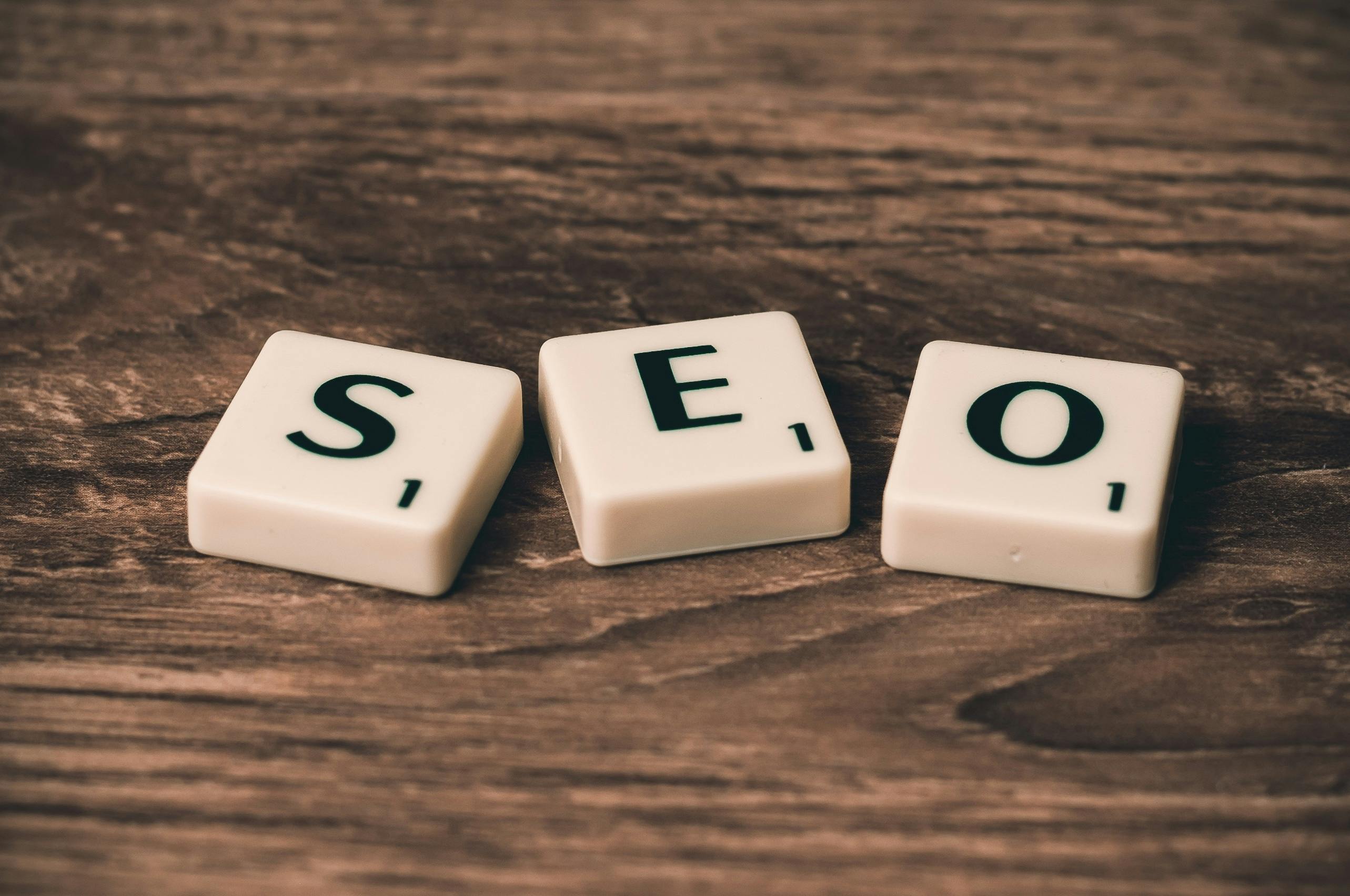The Psychology of Converting Websites
The Psychology of Converting Websites
Jul 29, 2025
Jul 29, 2025
Designing for the Human Mind
Designing for the Human Mind


Have you ever wondered why you click one button over another, or why a specific website feels more trustworthy? It's often not by chance. Behind every successful website is a foundation of psychological principles designed to guide visitor behavior. By understanding how the human mind works, you can build a website that doesn't just look good, but actively persuades and converts. This article will dive into the key psychological drivers that transform casual visitors into loyal customers.
1. The Principle of Social Proof
We are all influenced by the actions of others. Social proof is the psychological phenomenon where people follow the actions of a group, assuming those actions are correct. On a website, this principle is a powerful tool for building trust and credibility.
Testimonials & Reviews: Displaying positive feedback from past customers is a clear signal that your product or service is valuable.
Case Studies: Detailed stories of how you helped a client solve a problem provide concrete evidence of your expertise.
Numbers & Statistics: Showing the number of satisfied customers, products sold, or subscribers you have builds confidence and shows popularity.
2. The Power of Scarcity and Urgency
The fear of missing out (FOMO) is a potent motivator. Creating a sense of scarcity or urgency encourages visitors to act now rather than later.
Limited-Time Offers: Phrases like "Offer ends tonight!" or "Flash Sale!" create urgency and prompt immediate action.
Limited Stock: Showing a low stock count ("Only 2 left in stock!") makes an item seem more desirable and encourages a quicker purchase decision.
Exclusive Access: Offering a "members-only" product or service makes it feel more valuable and exclusive.
3. The Impact of Color Psychology
Colors do more than just make your website visually appealing—they evoke emotions and influence behavior. The right color choices can affect a visitor's mood and guide them to key actions.
Blue: Often associated with trust, stability, and professionalism. It's a common choice for corporate and tech websites.
Red: A color of urgency and passion. It's frequently used for call-to-action buttons to grab attention and encourage immediate clicks.
Green: Linked to growth, nature, and wealth. It’s a popular choice for eco-friendly brands and finance websites.
Orange: Energetic and friendly, it can be used to create a sense of fun and excitement, often seen in call-to-action buttons.
4. Cognitive Fluency and Ease of Use
Cognitive fluency is the ease with which our brains process information. In web design, this means a website should be effortless to use and understand. When a site is difficult to navigate, visitors become frustrated and are more likely to leave.
Clear Navigation: A simple, logical menu structure helps visitors find what they need quickly.
Readable Typography: Using easy-to-read fonts and adequate line spacing reduces eye strain and keeps visitors engaged with your content.
Minimalist Design: Decluttering your page and focusing on a single, clear call to action reduces cognitive load and prevents overwhelm.
5. Reciprocity: The Principle of Giving First
The principle of reciprocity suggests that we feel compelled to give back when we receive something. On a website, this means offering value upfront can encourage visitors to take the next step.
Free Resources: Providing free e-books, templates, or guides builds goodwill and positions you as a helpful expert.
Free Trials: Offering a no-commitment free trial of a product or service demonstrates confidence and encourages users to experience the value for themselves.
Conclusion:
A high-converting website isn't an accident—it's a deliberate design built on a deep understanding of human psychology. By integrating principles like social proof, urgency, and cognitive fluency, you can create a digital experience that feels intuitive, trustworthy, and ultimately, irresistible. It’s about more than just aesthetics; it’s about creating a connection that turns a click into a conversion.
Have you ever wondered why you click one button over another, or why a specific website feels more trustworthy? It's often not by chance. Behind every successful website is a foundation of psychological principles designed to guide visitor behavior. By understanding how the human mind works, you can build a website that doesn't just look good, but actively persuades and converts. This article will dive into the key psychological drivers that transform casual visitors into loyal customers.
1. The Principle of Social Proof
We are all influenced by the actions of others. Social proof is the psychological phenomenon where people follow the actions of a group, assuming those actions are correct. On a website, this principle is a powerful tool for building trust and credibility.
Testimonials & Reviews: Displaying positive feedback from past customers is a clear signal that your product or service is valuable.
Case Studies: Detailed stories of how you helped a client solve a problem provide concrete evidence of your expertise.
Numbers & Statistics: Showing the number of satisfied customers, products sold, or subscribers you have builds confidence and shows popularity.
2. The Power of Scarcity and Urgency
The fear of missing out (FOMO) is a potent motivator. Creating a sense of scarcity or urgency encourages visitors to act now rather than later.
Limited-Time Offers: Phrases like "Offer ends tonight!" or "Flash Sale!" create urgency and prompt immediate action.
Limited Stock: Showing a low stock count ("Only 2 left in stock!") makes an item seem more desirable and encourages a quicker purchase decision.
Exclusive Access: Offering a "members-only" product or service makes it feel more valuable and exclusive.
3. The Impact of Color Psychology
Colors do more than just make your website visually appealing—they evoke emotions and influence behavior. The right color choices can affect a visitor's mood and guide them to key actions.
Blue: Often associated with trust, stability, and professionalism. It's a common choice for corporate and tech websites.
Red: A color of urgency and passion. It's frequently used for call-to-action buttons to grab attention and encourage immediate clicks.
Green: Linked to growth, nature, and wealth. It’s a popular choice for eco-friendly brands and finance websites.
Orange: Energetic and friendly, it can be used to create a sense of fun and excitement, often seen in call-to-action buttons.
4. Cognitive Fluency and Ease of Use
Cognitive fluency is the ease with which our brains process information. In web design, this means a website should be effortless to use and understand. When a site is difficult to navigate, visitors become frustrated and are more likely to leave.
Clear Navigation: A simple, logical menu structure helps visitors find what they need quickly.
Readable Typography: Using easy-to-read fonts and adequate line spacing reduces eye strain and keeps visitors engaged with your content.
Minimalist Design: Decluttering your page and focusing on a single, clear call to action reduces cognitive load and prevents overwhelm.
5. Reciprocity: The Principle of Giving First
The principle of reciprocity suggests that we feel compelled to give back when we receive something. On a website, this means offering value upfront can encourage visitors to take the next step.
Free Resources: Providing free e-books, templates, or guides builds goodwill and positions you as a helpful expert.
Free Trials: Offering a no-commitment free trial of a product or service demonstrates confidence and encourages users to experience the value for themselves.
Conclusion:
A high-converting website isn't an accident—it's a deliberate design built on a deep understanding of human psychology. By integrating principles like social proof, urgency, and cognitive fluency, you can create a digital experience that feels intuitive, trustworthy, and ultimately, irresistible. It’s about more than just aesthetics; it’s about creating a connection that turns a click into a conversion.

